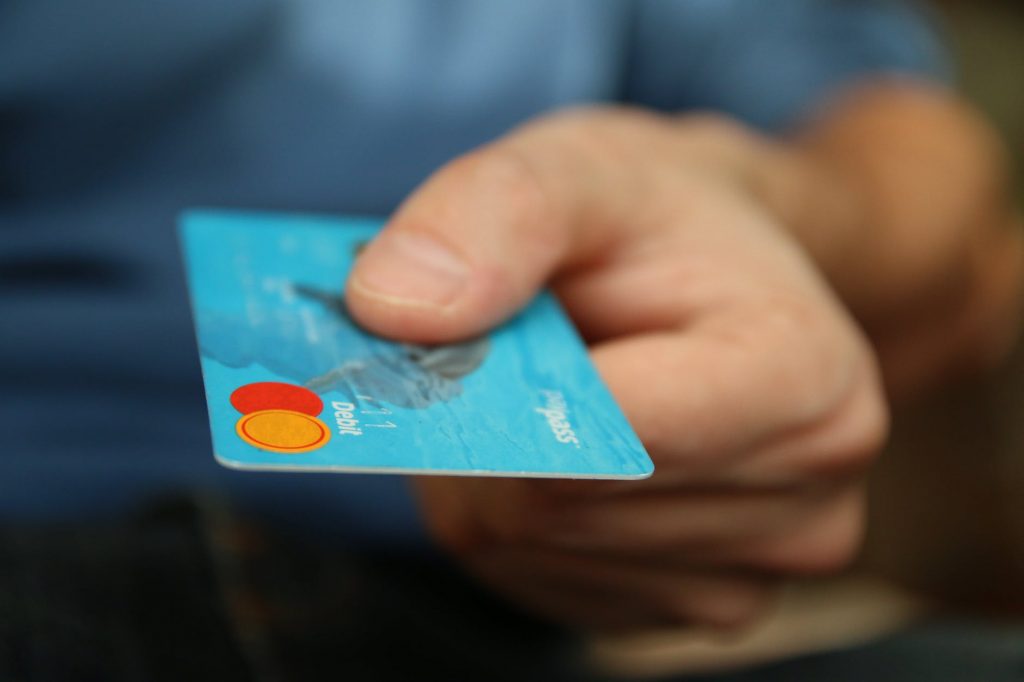As the UK economy continues to stagnate (at best) due to Covid-19 and other factors, it is essential to keep a keen eye on your cash flow. Bad debts could cripple your business, so here are 9 practical strategies to avoid them.
- Contemplate credit checking clients
This is worth doing if your customers are big spenders with you – or likely to become big spenders. In fact, if your business doesn’t take payment at the point the service or product is supplied, then a business credit check needs to be part of your new customer or client onboarding process. Much like personal credit checks, you can also find out a business’s credit score.
There are companies which specialise in this such as Dun and Bradstreet, Creditsafe and Experian. Even if you decide not to pay someone to do this credit check for you, it’s always worth looking up the company on Companies House. There is a lot of information there about the directors and the business. Are they who they say they are?
Credit checking doesn’t necessarily need to be for just new customers. In fact, a business credit check on your large customers every 6-12 months needs to be part of your continuity planning.
- Alter your payment terms for customers
To improve cashflow, try lowering the time to accept payment from 30 days to a fortnight or even less if required, and if you have customers that tend to pay late, ask them to pay in advance of receiving the product/service.
If you deliver long-term projects to clients, how about setting up a schedule of payments by instalments? Such as 50% upfront payment to get started, followed by more payments at key milestones.
If your customers pay little and often, such as under £100 per invoice, then getting them to pay in advance or via direct debit is the way forward. Who wants to chase unpaid invoices under £100?
- Ensure proactive credit control is enforced
It’s really easy to slip into a mindset that a customer, particularly your good and long-standing customers, will eventually pay up. This is a dangerous mindset. This is why having proactive credit control is vitally important!
For example:
Be familiar with your customers’ accounts payable process.
Questions you need to ask when submitting an invoice:
Do you need a PO number on your invoice? How does the invoice need to be addressed and whom too? What needs to be on the invoice for it to be paid promptly? Who at your customer needs to sign off the invoice before it will be paid? Who in the customer’s organisation is responsible for accounts payable? And can you get their name and contact details to help ‘ease the way for your invoice to be paid?
When a finance department is preserving cash for a business, they will reject an invoice for payment for the smallest reason. Oh, and the finance department is unlikely to tell you that they have done this!
Form a relationship with customers’ accounts teams.
The stronger the relationship you have with your customers finance department, the more chance your invoice gets paid promptly and not ‘delayed’. This may not be your direct contact. It could be someone in their finance or accounts payable team. So, who in the customer’s organisation is responsible for accounts payable? Can you get their name and contact details to help ‘ease the way for your invoice to be paid?
Enforce a system for unpaid invoices
For example, this could include a series of communications when the invoice is issued. Then a call or email the day before the invoice is due to see when it is going to be paid. Then a series of calls or emails a number of days and weeks after the invoice is due to be paid. Most accounting systems such as Xero will have a feature for automated reminders for invoices. If you need more than the basic invoice chasing that this software will provide then consider using a more sophisticated credit control tool such as Chaser.
- Perhaps get your customers onto a direct debit to pay
If you have customers who are regular customers then getting a direct debit mandate signed from them is a great way to be more in control of when they pay you. GoCardless is an inexpensive direct debit solution that integrates well with the likes of Xero. So much so that we at ABCounting Ltd use it for our clients.
- Set a credit limit
Remember you are not a bank for your customers. Of course, there is always a balance to be had by setting credit limits. Set them too low and you will dissuade customers from making the bigger purchases. Set them too high and your customers may run up a large debt which they can’t pay.
- Consult the business community
As your accountant, we can’t break client confidentiality, but you’ll find that the small business community may often know whose business is in trouble or who is a bad payer. In fact, having a quick chat with someone else who has had business dealings with someone you are thinking of taking on as a customer, may help you dodge a bad debt!
- Make it easy to pay your invoice
This is such a simple one but easily missed. Make sure you are removing any barriers to pay your bill. Such as:
- Including a ‘pay now’ button linked to a payment gateway on your invoices. For example, Xero will do this for you with your Stripe account.
- If you visit the customer on-site, then have the means to take payment whilst you are on site. E.g. with a card machine. Technology is such that you can easily connect a gadget or download an app to your phone to take card payments. No need for an expensive and bulky card terminal.
- Including your bank details on the invoice. (You will be surprised how many businesses and tradespeople don’t do this).
- Invoice promptly and make sure you have no billing surprises
The longer you take to invoice someone, the more likely the bill won’t get paid. Of course, no invoice normally means no payment… Before you bill someone, always make sure that:
- They are aware and expecting the bill
- They have agreed to pay the bill
And finally, if you do all of this right and your customer still refuses to pay, then you can always go down the formal debt collection route.




